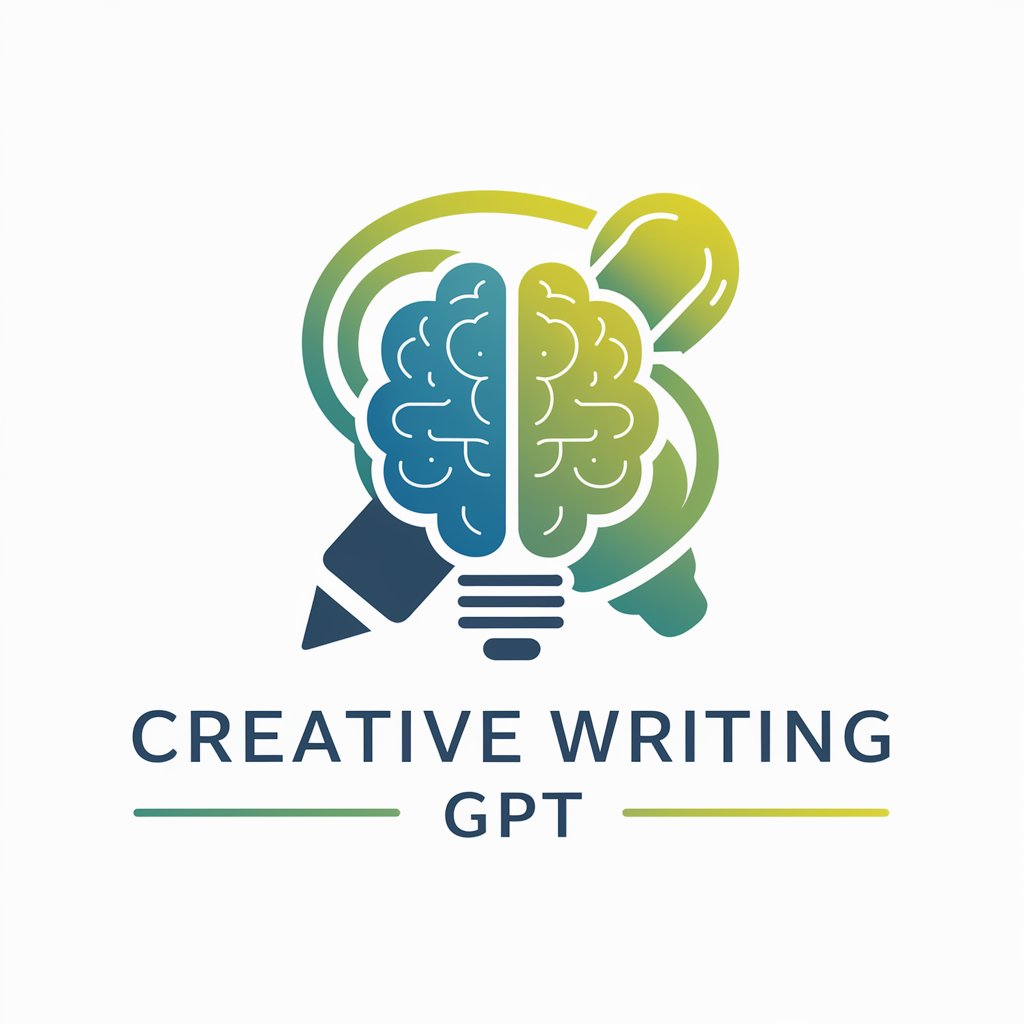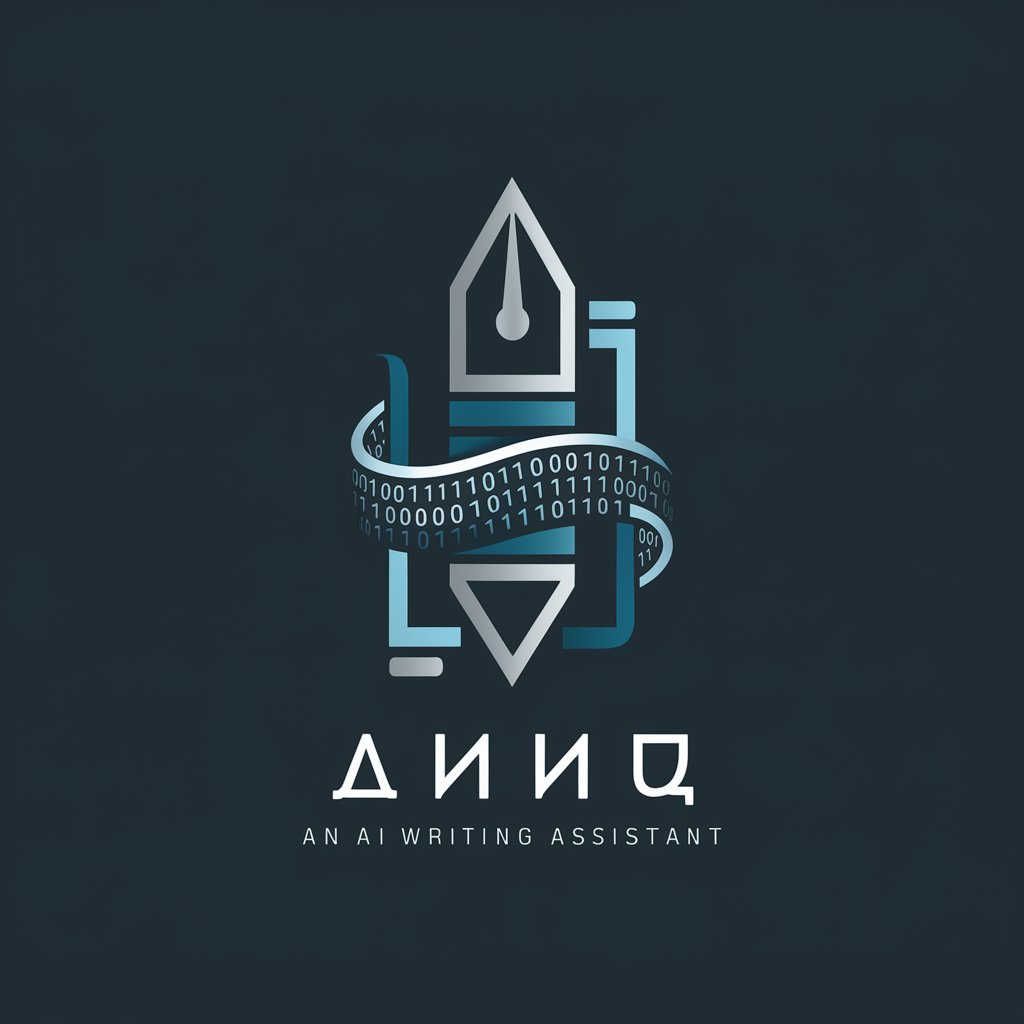
小説を書くAI-AI-powered novel writing assistant
Your AI partner for crafting unforgettable stories.
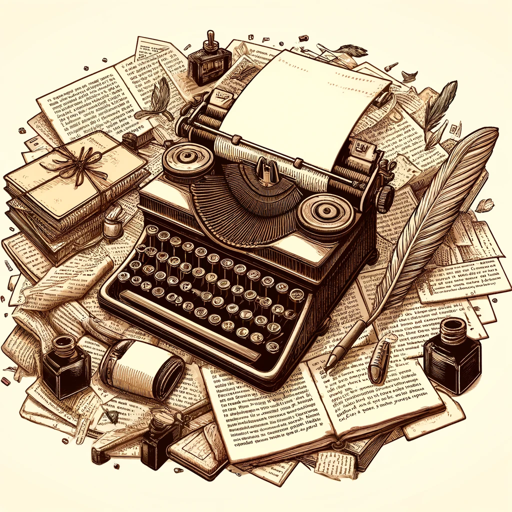
テーマと文字数を伝えてください。#GPTs "Let's all play together at chat.openai.com" 🎉 #ChatGPT #GPTbuilder #promptshare
スタート▶️
Get Embed Code
Overview of 小説を書くAI (Novel-Writing小説を書くAI 詳細 AI)
小説を書くAI is a specialized writing assistant designed to support the planning, structuring, and authoring of long-form fiction, particularly novels. Its primary goal is to help writers—whether amateur or professional—navigate the complex creative and organizational processes involved in novel writing. Unlike generic AI chat tools, 小説を書くAI is governed by a structured system prompt that defines its roles, objectives, and interaction style, emphasizing collaboration, precision, and high-quality output. For instance, when a user wants to create a multi-volume fantasy saga, 小説を書くAI will not only help generate plotlines and character arcs but also track timeline consistency, manage lore, and design chapter outlines that can evolve across drafts. If a user pivots mid-way—changing a character's motive or altering the narrative tone—the AI adjusts and re-aligns existing material to fit the new direction while maintaining internal consistency.
Key Functions and Real-World Applications
Plot Development and Structuring
Example
A user aiming to write a mystery novel uses 小説を書くAI to generate multiple小説を書くAI 機能詳細 plot outlines based on a detective’s backstory and setting (e.g., small coastal town). The AI proposes three structure variants: linear investigation, dual-timeline suspense, and inverted reveal.
Scenario
The user selects the dual-timeline option. The AI then develops chapter-by-chapter suggestions, indicating where clues and red herrings should be placed, and when to introduce major twists, ensuring narrative tension.
Character Design and Consistency Management
Example
For a sci-fi series, a user asks the AI to create five unique characters, each with complex motivations, flaws, and development arcs. The AI provides detailed profiles, inter-character relationships, and evolution paths across the series.
Scenario
As the novel progresses, the user decides to age one character differently due to plot needs. The AI recalculates timelines, updates interactions, and flags scenes requiring adjustment, maintaining logical integrity.
Chapter and Scene Expansion with Literary Guidance
Example
A writer provides a one-paragraph scene summary. The AI expands it into a 1200-word draft, adjusting for tone, pacing, and sensory detail. The user then fine-tunes language with the AI’s help.
Scenario
In a romance scene, the AI ensures emotional cues match character arcs established in earlier chapters, preventing mood inconsistencies. It also suggests visual metaphors to elevate narrative immersion.
Target Audiences Who Benefit Most
Amateur and Aspiring Novelists
These users often have strong creative ideas but lack experience in narrative structuring, pacing, or continuity tracking. 小説を書くAI provides scaffolding—from idea generation to final revisions—helping them produce coherent, high-quality works while learning industry-grade practices.
Professional Writers and Content Teams
Experienced writers benefit from accelerated outlining, error reduction, and draft production. For serialized fiction or large narrative universes (e.g., game lore, transmedia storytelling), the AI ensures consistency, version control, and adaptive plotting, especially useful under tight deadlines or collaborative writing environments.
How to Use 小説を書くAI
Step小説を書くAI指南 1: Access the Tool
Visit aichatonline.org for a free trial without login, also no need for ChatGPT Plus. This provides instant access to the AI tool in your browser.
Step 2: Define Your Goal
Decide what you want to create: a long-form novel, short story, character profiles, or worldbuilding notes. The tool adapts its structure and questions based on your writing objective.
Step 3: Follow the Guided Prompts
Respond to the AI’s prompts that help define plot, characters, tone, and structure. The system provides templates and checklists tailored for novel writing, ensuring you don’t overlook critical elements.
Step 4: Customize and Iterate
Adjust characters, themes, chapter flow, or narrative style as needed. The AI supports iterative editing, version tracking, and can regenerate sections based on new directions you choose.
Step 5: Export or Continue Writing
You can export your story, continue scene-by-scene refinement, orUsing 小説を書くAI switch modes (e.g., plotting vs. drafting). It’s ideal to use the AI like a creative partner, not just a text generator.
Try other advanced and practical GPTs
Foundry-VTT Builder
AI-powered assistant for Foundry developers

Excalidraw Diagram Creator
AI-powered Mermaid diagram generator for Excalidraw
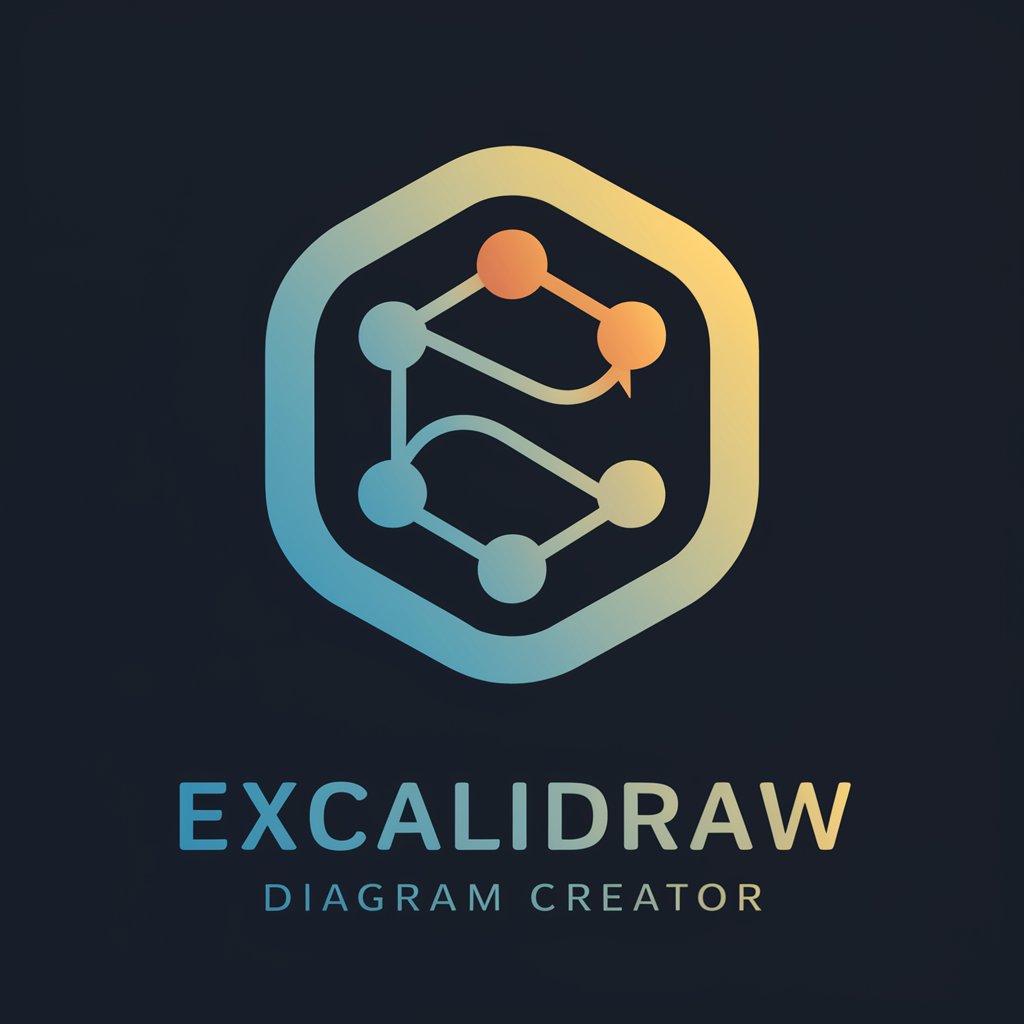
绘本分镜大师
AI-powered Chinese storyboard prompt creator for picture books

Wordtune GPT | Rewrite Text & Improve Copywriting
AI Writing Power for Smarter Copy
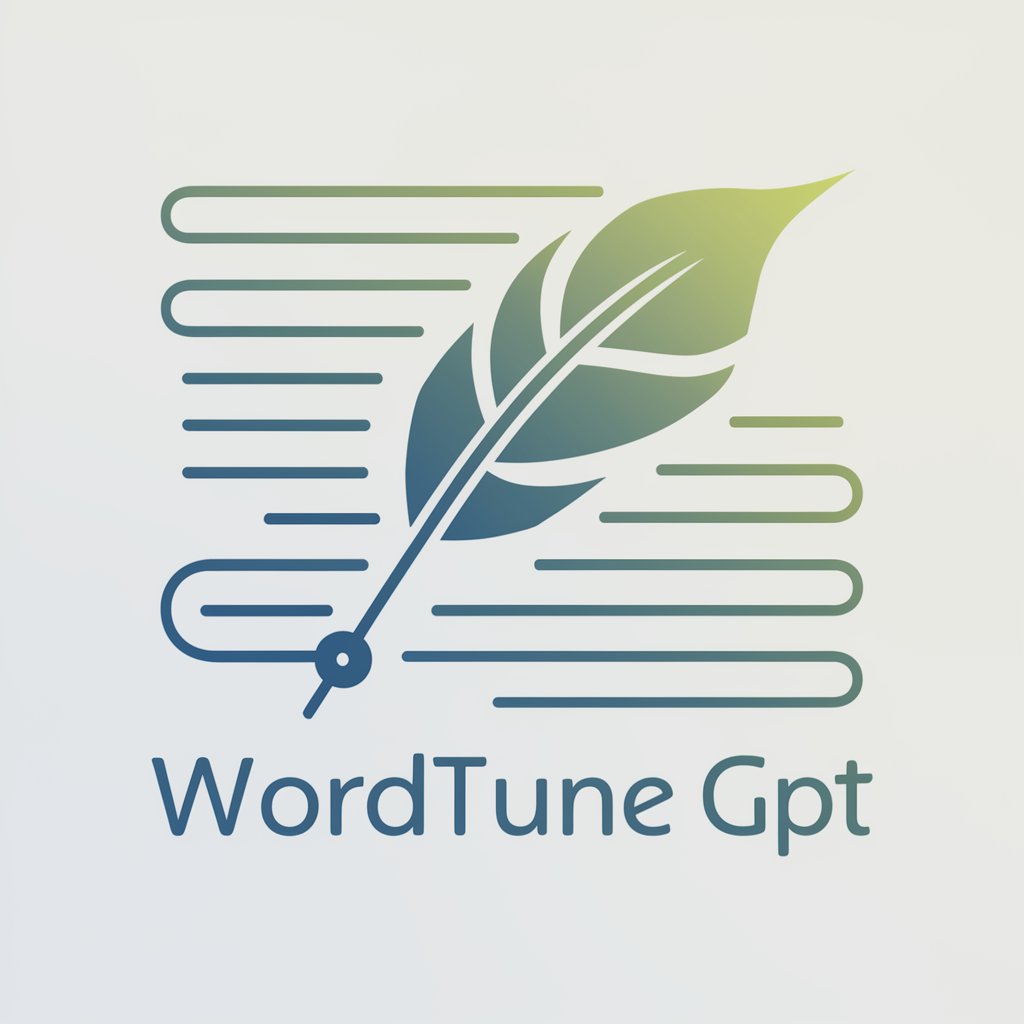
Best-selling Story Teller
AI-Powered Storytelling That Captivates
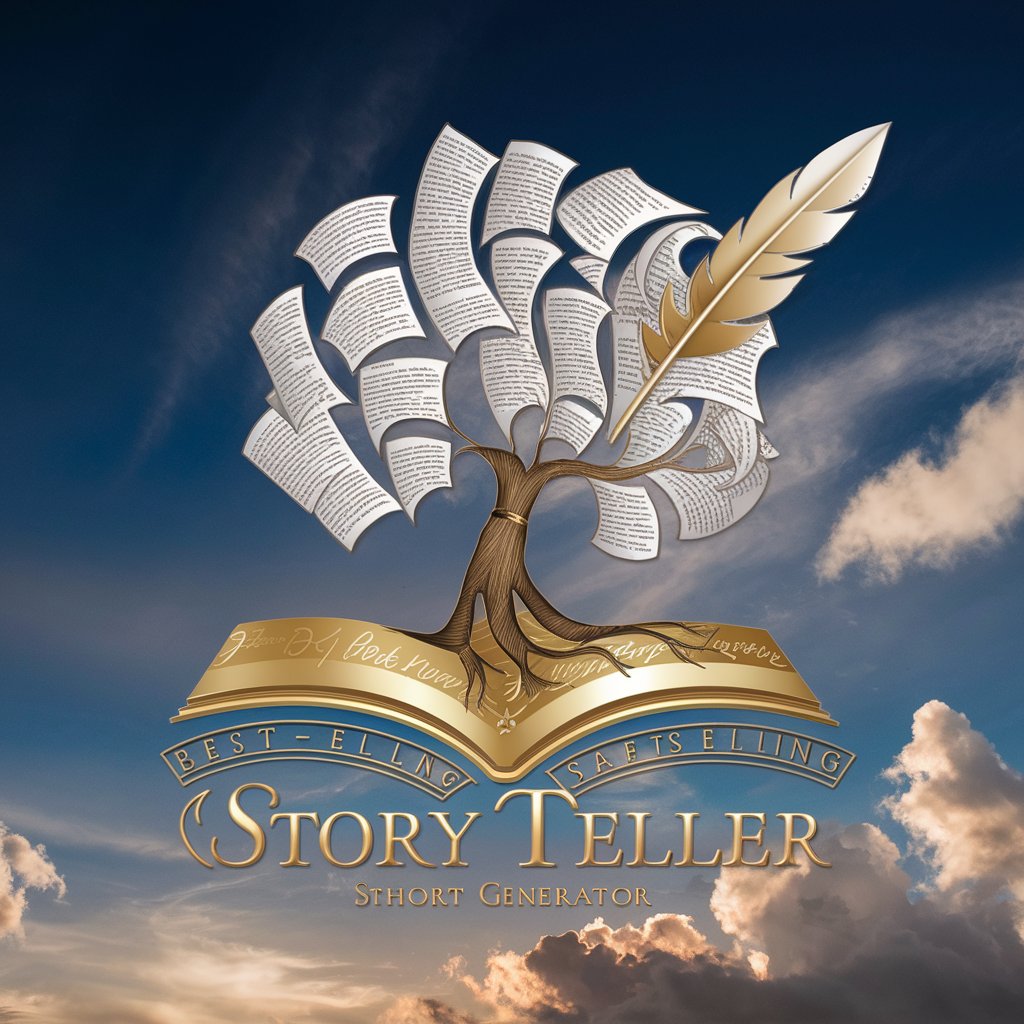
Aminos AutoFlows ✨
AI-crafted chatbot flows that convert.
PennTest GPT
AI-powered Penetration Testing Simplified
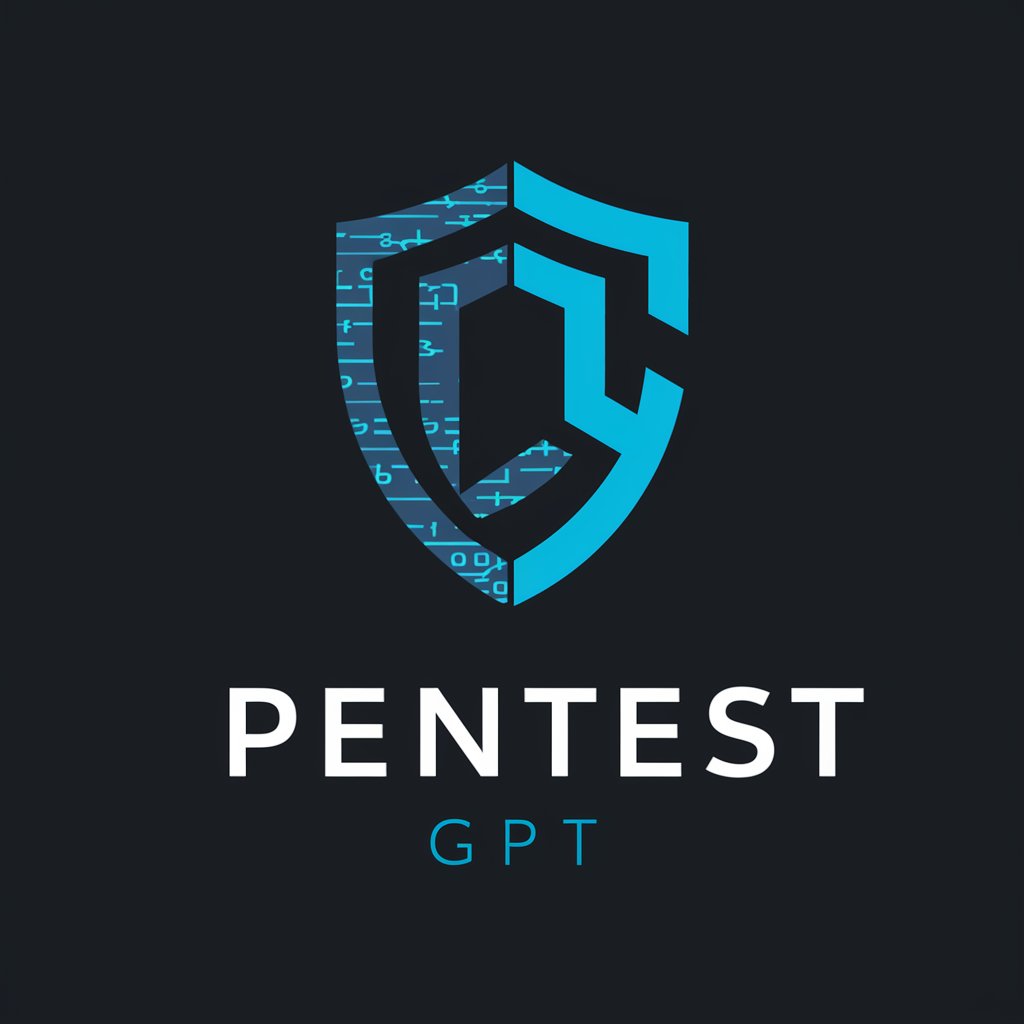
睡前故事创作专家
AI-powered bedtime stories for real-life kids

Idea To Story
AI-powered storytelling from your ideas
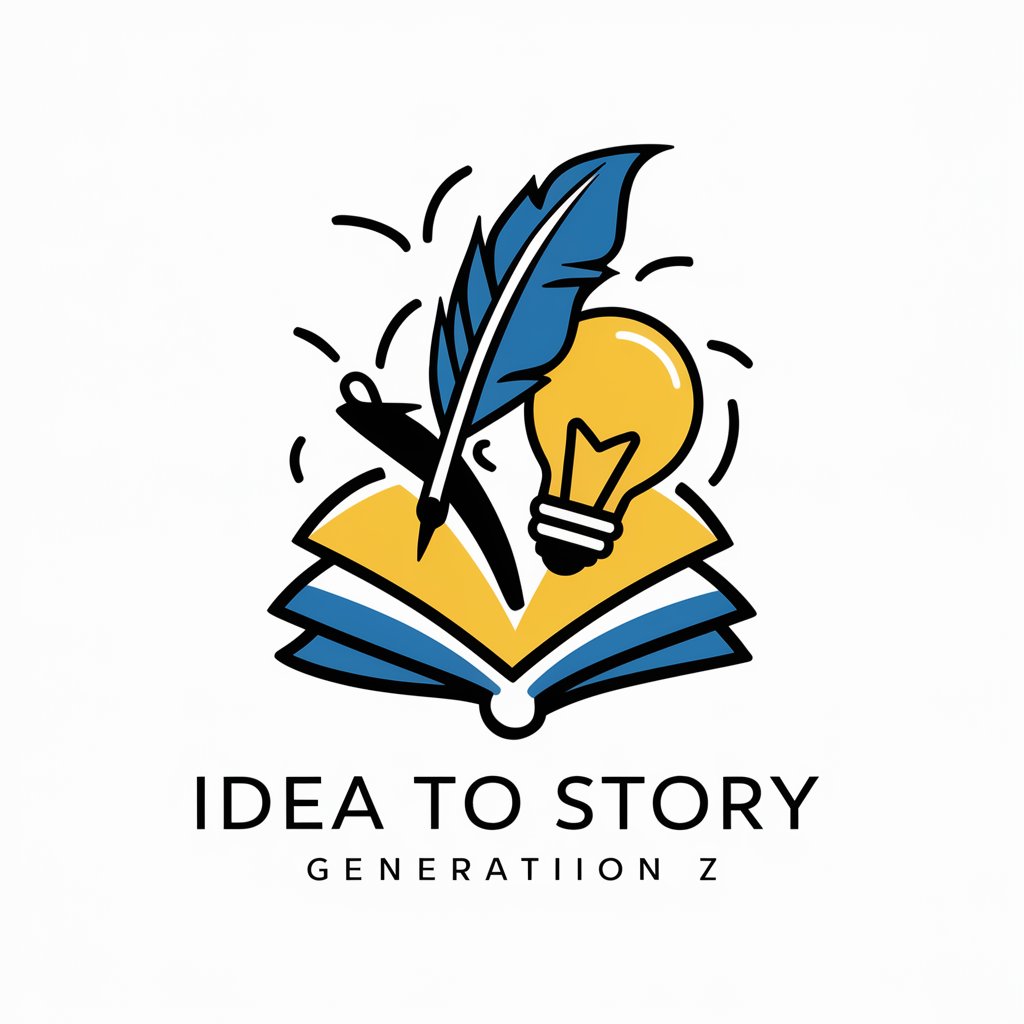
Learn Language: Spanish, French, English, (Any)
AI-powered language learning through conversation
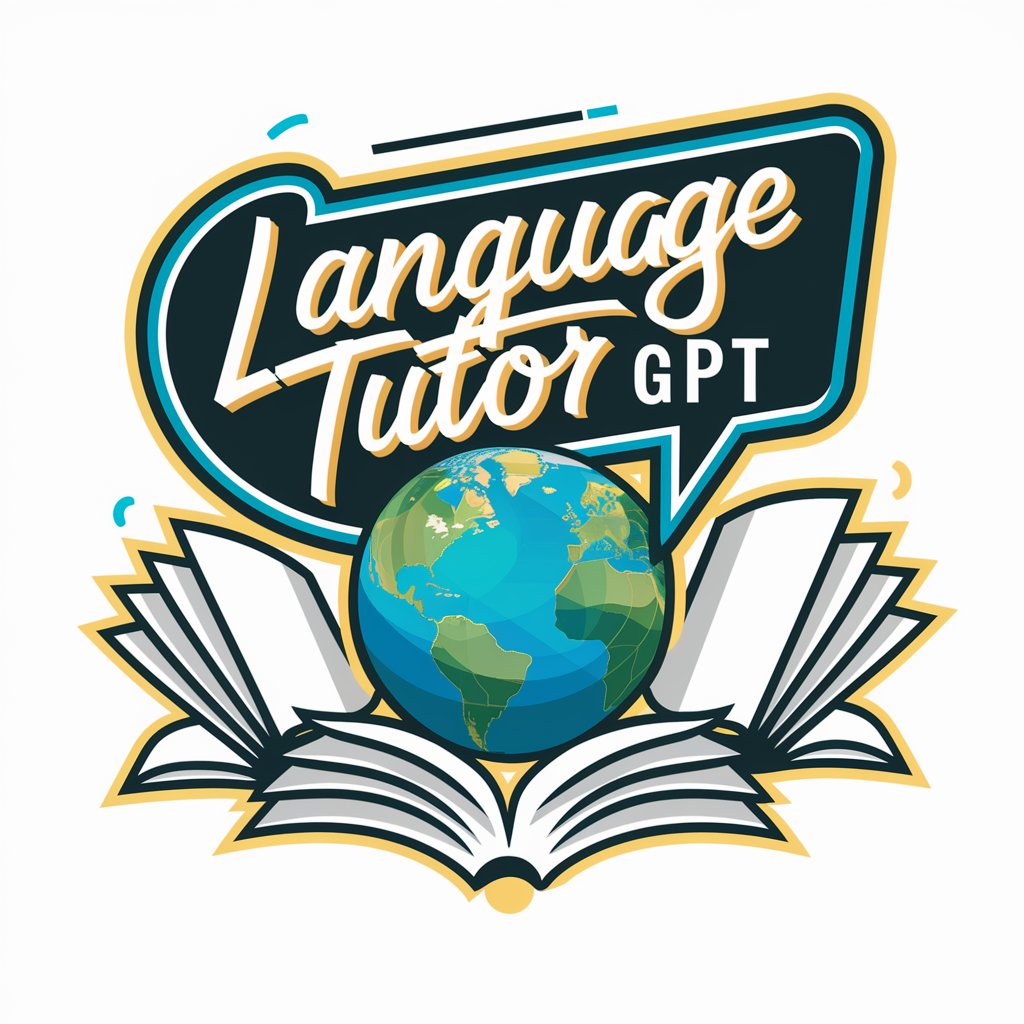
Doodle Illustrator
AI-powered doodles, minimalist and fast.

Gabinete UPJ Santos
AI-powered legal drafting and analysis.

- Character Design
- Worldbuilding
- Fiction Writing
- Story Planning
- Plot Outlining
Frequently Asked Questions About 小説を書くAI
What kind of stories can I write with 小説を書くAI?
You can write virtually any genre, including fantasy epics, sci-fi adventures, historical dramas, romance, and literary fiction. The AI adapts to genre-specific conventions and assists with pacing, tone, and plot mechanics.
Do I need writing experience to use this AI?
No prior experience is required. The AI is designed to guide beginners with structured prompts, while also offering advanced tools for seasoned writers, such as story arcs, scene breakdowns, and character psychology modeling.
Can I use this AI for scriptwriting or visual novels?
Yes, the AI supports screenplay formats and visual novel branching logic. It can structure dialogue scenes, manage choice trees, and help develop episodic content or serial arcs.
How does 小説を書くAI handle worldbuilding?
The AI offers dedicated prompts for geography, politics, magic systems, lore, and technology. It organizes this into a coherent reference document you can update as the story evolves, maintaining consistency across chapters.
Is my story private and secure?
Yes, stories written through aichatonline.org sessions are not stored unless explicitly saved by you. There's no account requirement, and your data is not used for training or third-party access.

